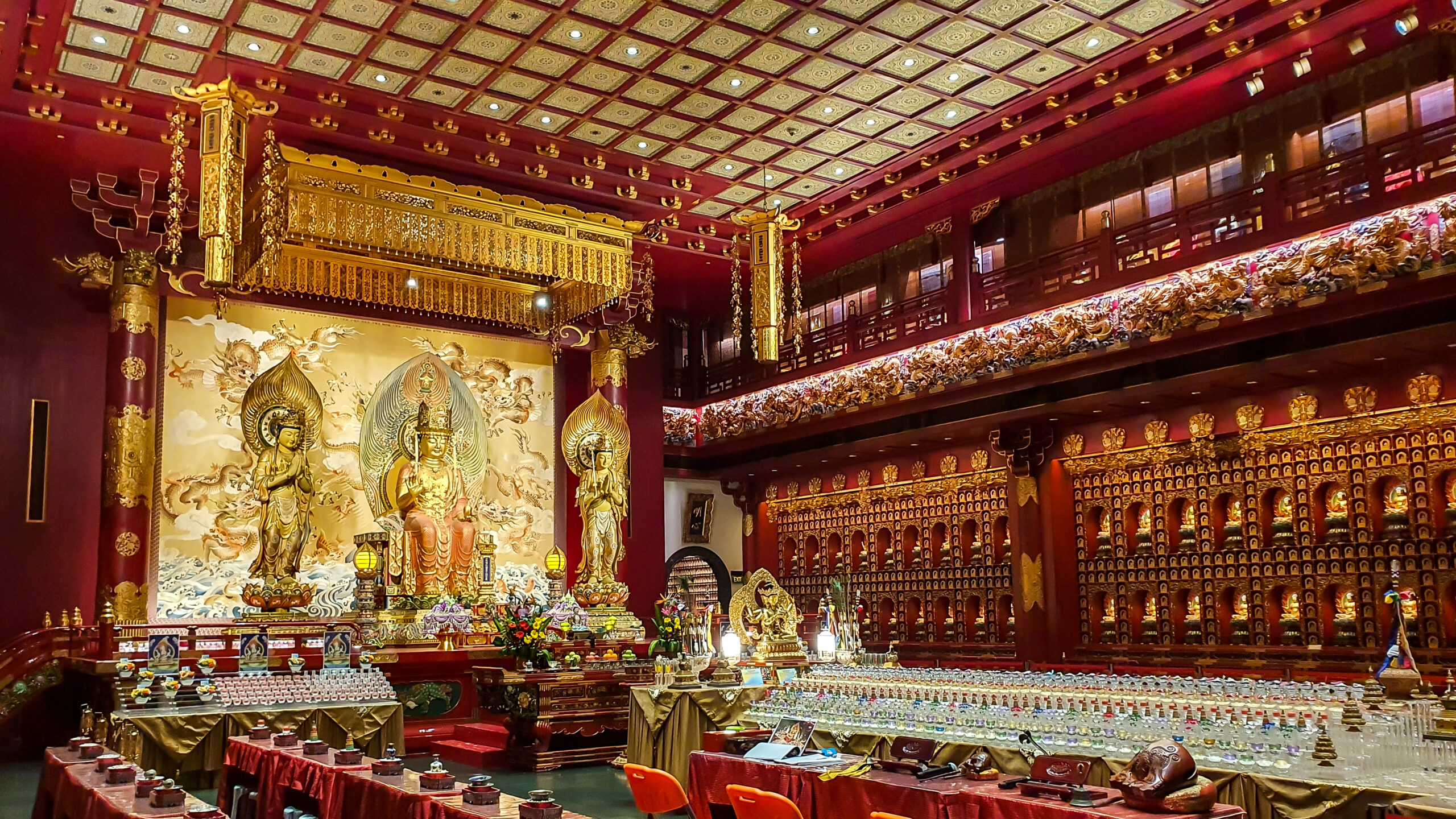Chinese Epigraphy of Singapore: United Temples 1974–2019
June 24, 2023

The Leng Hup San Chee Chea Temple, one of the United Temples of Singapore, officially opened on 24 June 1996. The United Temples gathered multiple smaller village temples, including those of different dialect groups, into unified structures in a period of rapid urban redevelopment in the country.
The project ‘Chinese Epigraphy of Singapore: United Temples 1974–2019’ studies the 68 United Temples of Singapore. It follows two other studies on Chinese epigraphy in Singapore and its findings will be published in a two-volume book. Led by Professor Kenneth Dean (NUS Chinese Studies, Yale-NUS College, & Asia Research Institute), the research team also includes Dr Hue Guan Thye (NUS Chinese Studies & Asia Research Institute), Dr Caroline Chia (Asia Research Institute), and Ms Xue Yiran (Asia Research Institute).
The research team examines the epigraphs—or engraved inscriptions—found within the Singapore’s United Temples to uncover insights into their histories. They expect the inscriptions to contain valuable information on the origins of the kampong village temples which constitute the United Temples. By analysing and translating these inscriptions, the team hopes to shed light on the processes of merger—with their struggle for autonomy and inevitable assimilation—into the United Temples. The inscriptions within these temples could also uncover details of communal life and worship in Singapore’s historical kampongs.
Finally, the research team intends to better understand the strategies undertaken by the temples to remain resilient and relevant to worshippers while facing forced relocation and short leases. The project does not only aim to study the United Temples as a collective, but it also seeks to increase our knowledge of the histories of individual United Temples.
The research team believes that this work has value beyond academia: the knowledge gleaned and translated would allow young Singaporeans, who do not know much about kampong life, to learn more about this form of communal life in Singapore’s history.
